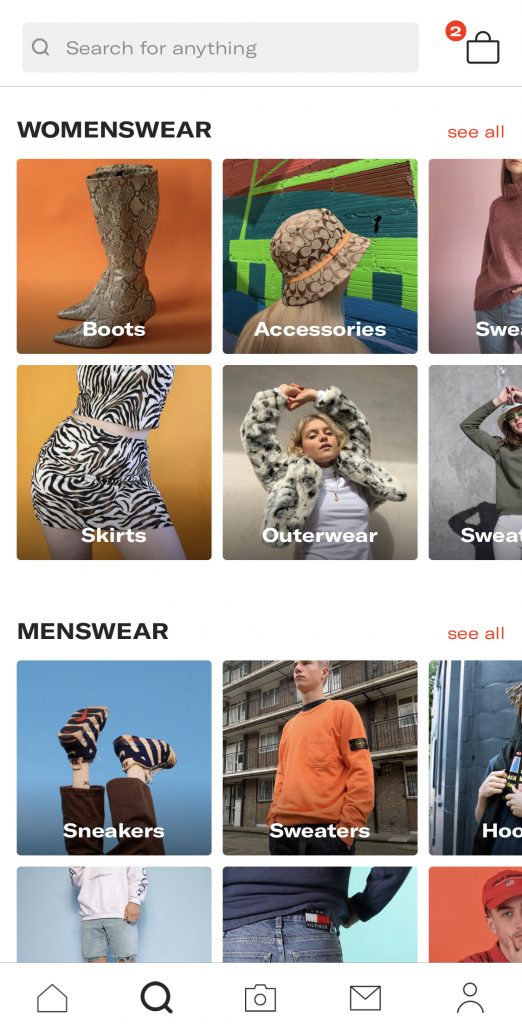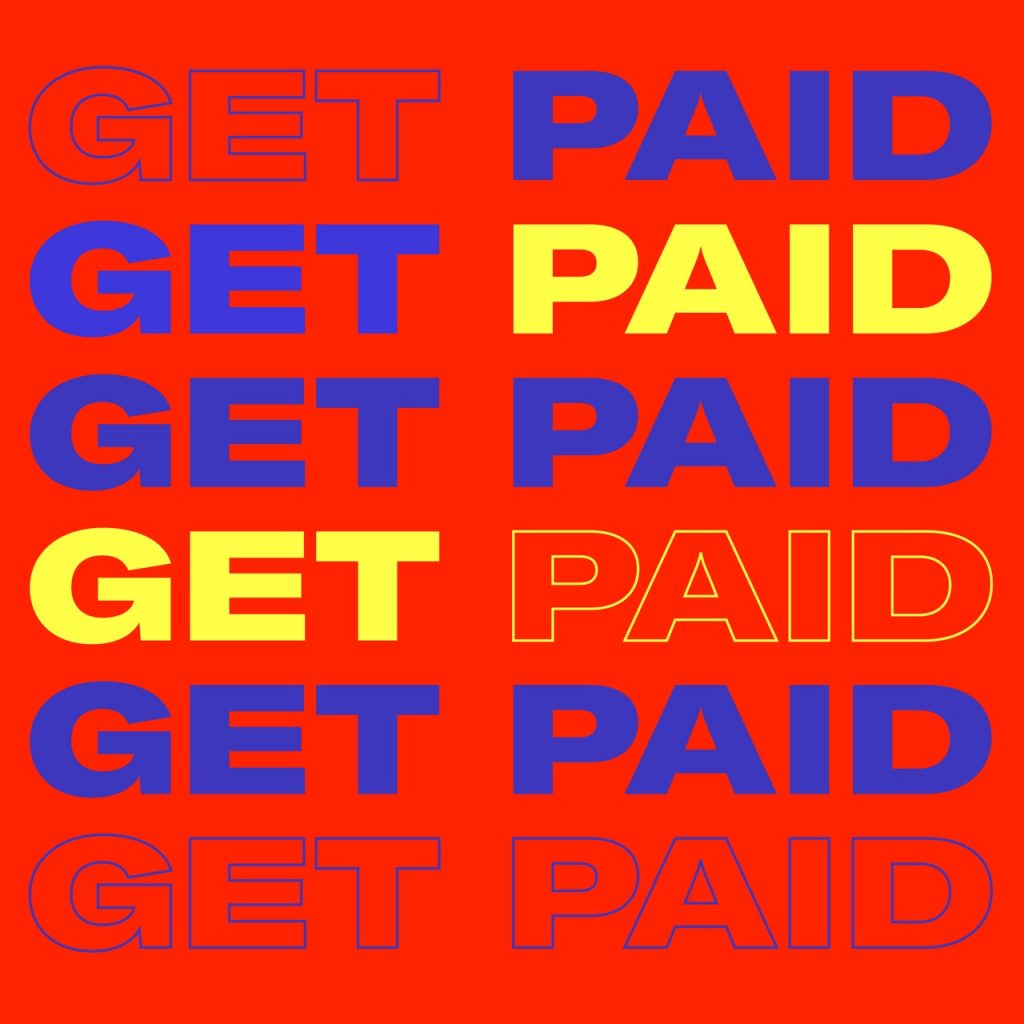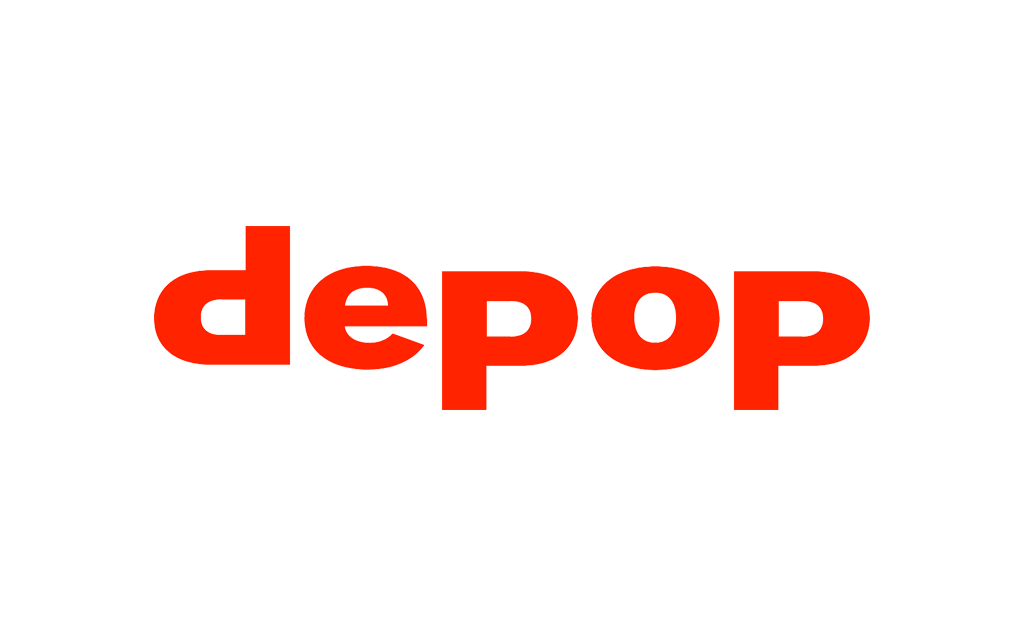A seller carefully writes out a personalized note, thanking a customer for their latest purchase. She then delivers the item — a hand-painted pair of her old jeans — to the post office.
This personalized relationship between sellers and buyers is typical of Depop, a social resale app. Instead of buying from a company website and potentially corresponding with a customer service rep, buyers can message sellers directly through the app.
“They allow you to follow other sellers [and] connect with other entrepreneurs, which is most likely the best part. Interested buyers can also message me on the app with questions or their preferences for the customized pieces I have available,” senior Samantha Otero said.
Otero runs a shop on Depop called @fromsamwithlove and sells the unique, handcrafted items one might not find on more brand-oriented apps like Poshmark.
“I have been selling hand painted frames as well as hand painted incense holders. The frames that I am selling are a part of a whole piece that contains my written poetry,” Otero said.

Otero is not the only one. Depop particularly appeals to teenagers—out of over 15 million users, people from ages 10 to 19 make up 55%.
Teenagers’ attraction to the app may have something to do with its Instagram-esque layout. Sellers set up profiles, which double as their storefronts. Like on video sharing app Tikok, users can choose between scrolling through the posts of accounts they follow and posts recommended based on their interests. One can sign up by simply creating a profile and connecting a Paypal account.
Because the requirements to join Depop are minimal, a variety of different sellers have set up shop on the app. While it seems the vast majority consists of everyday people selling their old clothes, small businesses selling one of a kind items, celebrities cleaning out their closets and even established fashion brands looking to interact more with buyers also have a place on Depop. And like the social media apps it emulates, Depop breeds its own unique kind of influencer.
“It takes a lot of interaction and work to build even the smallest [number] of followers. I see that some of the people Depop promote to be on their Featured Page are ones who thrift a $4 top then resell it for $30, which is super harmful,” junior Deanna McRae said.
McRae, who goes by @deannamcrae on Depop, exclusively sells her own already-worn clothing.
“I think that donating and selling clothes is so much better than throwing them away. My mom has always donated my sister and I’s clothes and when I found out that people actually threw theirs away instead I was genuinely surprised,” McRae said.

Unlike McRae and Otero, a significant number of Depop “influencers” make money by buying cheap clothes from thrift stores and reselling for many times the original price.
“It’s detrimental to the people who actually rely on thrifting as their main source of clothing as these stores are starting to realize the demand for their clothes is higher and they can therefore raise their prices for more profit. I’ve seen people post about how their local second hand shops went from $3 for a T-shirt to $8, which is a comparable price to Forever 21 and a lot of other fast fashion brands,” McRae said.
While many agree with McRae that the practice is unethical, others commend resellers for their work ethic.
“Personally I think you can find very cute clothes at thrift stores, it just takes a long time to search through and commit yourself to finding those clothes. So if a business person decides to up the price for the time they put into searching for the perfect clothing choices that is for them to decide,” Otero said.
photo/Depop
On a more positive note, many consumers buy from Depop in an effort to reduce clothing waste. In 2017, the US alone landfilled over 11 million tons of textile waste. Instead of contributing to the massive amounts of waste, Depop sellers use the virtual marketplace to ensure their old clothes find a new home.
Similarly, more and more consumers are waking up to the harsh reality of fast fashion. Popular brands such as Urban Outfitters and Forever 21 rely on underpaid, overworked laborers to maximize profits, and Depop offers a virtual way to avoid supporting these brands.
“I feel like if there is a shirt I own that did come from some sort of exploitive labor force, it’s better that the shirt be made once and worn by a handful of different people than get produced over and over to serve once. That way, these companies aren’t directly getting the money that encourages them to continue their poor conditions for maximum profit,” McRae said.
Teenagers continue to flock to Depop for its funky aesthetics, sustainable practices and financial opportunities. Throughout the pandemic, Depop saw a significant increases in traffic; the company reports a 300 percent increase in items sold since the beginning of April.
“Shopping on Depop is more accessible than having to get up and physically go to a second-hand store, which is especially relevant in a global pandemic where going out isn’t the safest. You can literally specifically search what you’re looking for and have potentially hundreds of items right there,” McRae said.
